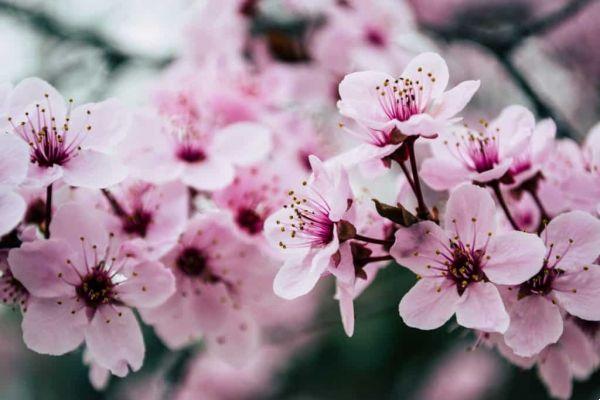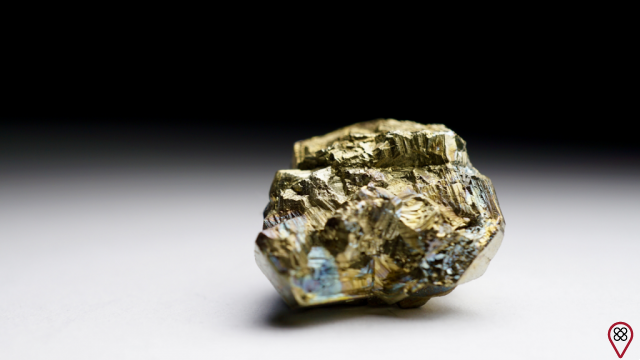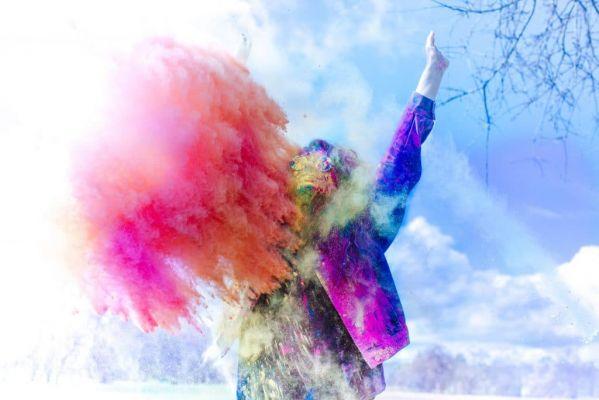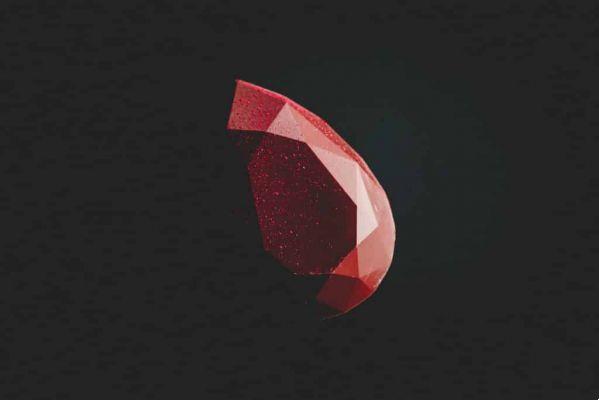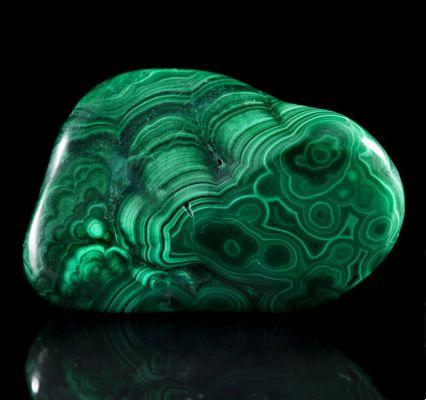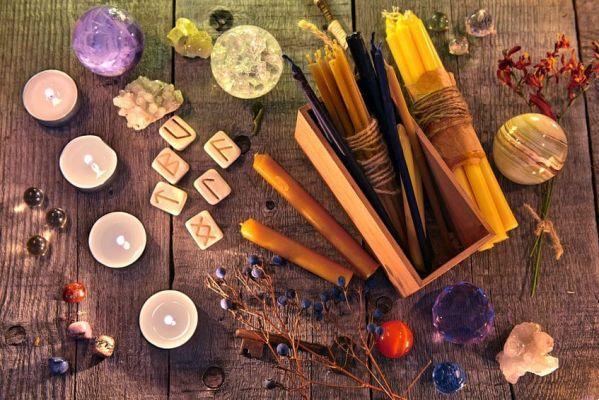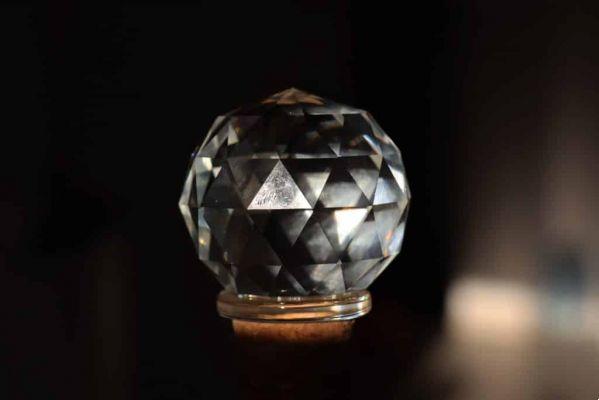Tassel
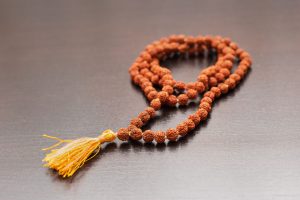 Also known as a tassel, this part represents the energy created from meditation. The individual strands are said to be moving and flowing all the time in constant change. This represents the shift within the unchanging, the illusion of separation and the reminder to detachment and impermanence. It is also a symbol of the thousand petals of Saharsrara – or crown chakra – and still means spiritual enlightenment.
Also known as a tassel, this part represents the energy created from meditation. The individual strands are said to be moving and flowing all the time in constant change. This represents the shift within the unchanging, the illusion of separation and the reminder to detachment and impermanence. It is also a symbol of the thousand petals of Saharsrara – or crown chakra – and still means spiritual enlightenment.
Accounts
In total there are 108 semi-precious crystals, stones or rudraksha beads, including the guru's bead that makes up the cord.
Guru Bead — Meru
The use of japamala is ancient and began thousands of years ago; its first traces appear in Hinduism in which it was traditionally composed of 108 beads. It is said that there are 108 lines of energy connected to the heart; one of them is directly linked to self-realization. Almost all cords have an extra bead, larger at the end near the Meru, which signals the end of a round in the japa cycle. It is also said that the Meru is made to represent the teacher/student connection. When a japa cycle is completed, one should not cross the Guru Bead; instead, turn the cord over and continue reciting the mantra through the beads. The Meru is also said to represent the summer and winter solstices, when the sun stops its course and reverses directions.
Using this artifact is a symbolic way to connect with yourself, the elements and the natural cycles of the universe.
It
Malas are usually tied with silk thread for strength and support. This symbolizes the Universal Force that sustains and supports us. The thread is knotted in order to maintain a consistent space between each pearl. The knot represents the divine connection between all beings.
It is important to remember that this is just the anatomy of the artifact. The choice of materials is also very important for the meaning of your final composition. Anyway, even though it is an accessory linked to certain religions, its greatest use is to assist in concentration during spiritual practices in general. It is said that the more you use your Japamala, the greater the sacred energy charged, which increases your prayer strength and consequently causes the Divine Forces to conspire in your favor. Ready to buy or assemble yours? Tell us in the comments your experiences with this magical artifact!
Text written by Amanda Magliaro Prieto of the Eu Sem Fronteiras Team.




